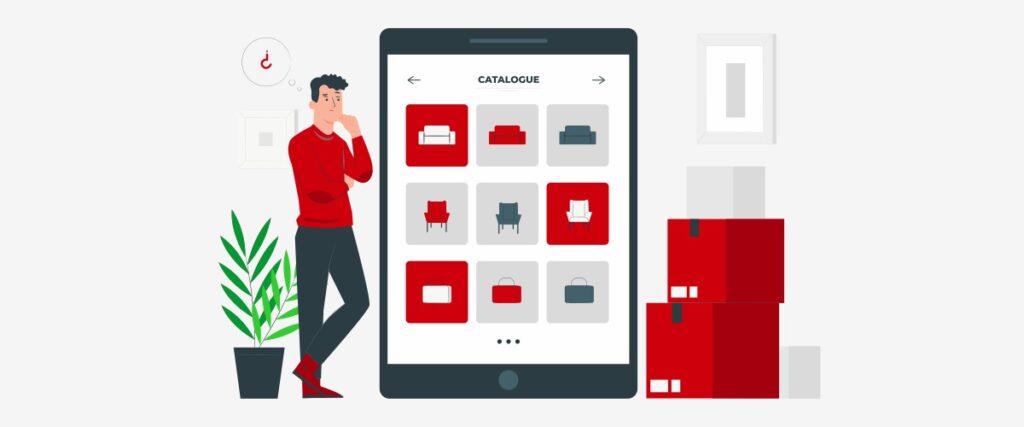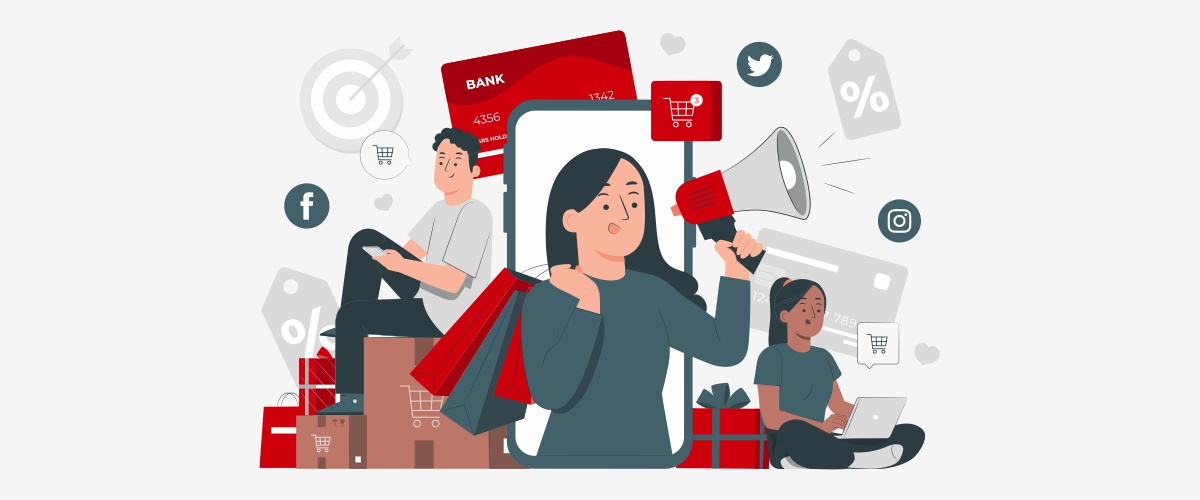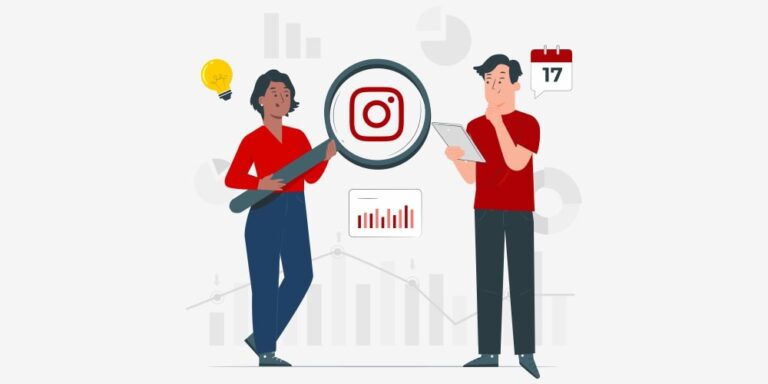Headless eCommerce has quickly gone from being a buzzword to a serious strategy for modern online stores. In 2025, as speed, personalization, and omnichannel presence become more important than ever, many brands are moving away from traditional eCommerce platforms, and going headless.
But what does that actually mean?
And why are so many developers, marketers, and store owners talking about it?
In this article, we’ll explain headless eCommerce in plain language, explore its benefits and challenges, and help you decide whether it’s right for your business.
Read More: Best Frontend Frameworks for Headless eCommerce (2025 Guide)
Read More: Shopify vs WooCommerce
What Is Headless E-Commerce?
In a traditional eCommerce setup, your website’s front-end (what users see) and back-end (where products, orders, and payments are managed) are tied together in one system. Shopify, WooCommerce, BigCommerce, they all follow this “monolithic” approach by default.
Headless eCommerce breaks that connection.
In a headless setup:
- The front-end (your storefront) is built separately, using tools like React, Next.js, or Vue
- The back-end (your product management, checkout, and CMS) stays where it is
- They talk to each other via APIs
This lets you design the front-end however you want, without being limited by your platform’s theme or structure.
Why Is It Called “Headless”?

Think of the back-end as the “body” of your store (inventory, checkout, customer data), and the front-end as the “head” (website or app interface).
When you remove the “head,” you’re free to attach a different one, or several.
You can show your products:
- On your website
- In a mobile app
- Through a voice assistant
- Inside an Instagram shop
All using the same back-end data, just presented differently.
Why Headless Is Gaining Momentum in 2025
Here’s why more brands are adopting headless architecture this year:
1. More Speed and Performance
Headless sites load faster because they use modern frameworks and deliver only what’s needed. This improves both user experience and SEO.
2. Greater Design Freedom
You’re not stuck with platform-specific templates. Developers can build exactly what they want, whether it’s a minimalist landing page or an interactive product builder.
3. Omnichannel Selling
One back-end can serve multiple front-ends. This makes it easier to sell across platforms, apps, marketplaces, and even smart devices.
4. Better Developer Experience
With APIs and front-end frameworks, developers can work faster, iterate more easily, and integrate external services without limitations.
5. Personalized Experiences
Because you’re not confined by rigid templates, it’s easier to show dynamic content based on user behavior, location, or preferences.
Real-World Examples of Headless eCommerce
- Nike uses a headless approach for global performance and local personalization.
- Amazon (although not built with a traditional platform) operates with a decoupled architecture.
- Allbirds transitioned to headless to improve page speed and mobile experience.
- Canadian DTC brands are adopting headless via platforms like Shopify Plus with Hydrogen or Contentful.
Platforms That Support Headless Architecture
You don’t have to build everything from scratch. Some platforms now support headless natively or through integrations:
- Shopify (Hydrogen & Oxygen)
- BigCommerce (API-first)
- Magento (Adobe Commerce)
- Saleor
- Commerce Layer
- Strapi (for headless CMS)
- Sanity or Contentful (for content)
Is Headless Right for Your Business?
Pros:
- Better control over design and UX
- Faster load times
- Easier scaling across devices
- Flexible tech stack
- Long-term SEO and performance gains
Cons:
- Requires more upfront development
- Higher initial costs than traditional platforms
- Needs ongoing developer support
- Overkill for small or single-product stores
Who Should Consider Going Headless?

Headless is best suited for businesses that:
- Have outgrown the limitations of templated themes
- Want to deliver lightning-fast experiences
- Need full customization and integration flexibility
- Operate across multiple digital channels
- Have internal development resources (or an agency partner)
If you’re running a one-product Shopify store or just getting started, traditional setups may still be better, for now.
Benefits of Headless eCommerce
Headless e-commerce isn’t for everyone, but for brands that want full control, better performance, and future-proof infrastructure, it’s becoming the smart choice.
As customer expectations rise in 2025, your front-end experience could be the difference between a bounce and a loyal customer.
And with APIs, modern frameworks, and growing platform support, headless commerce is now more accessible than ever.
Thinking of going headless for your store or startup? Contact Maple Web Design to discuss a flexible, future-proof build.






